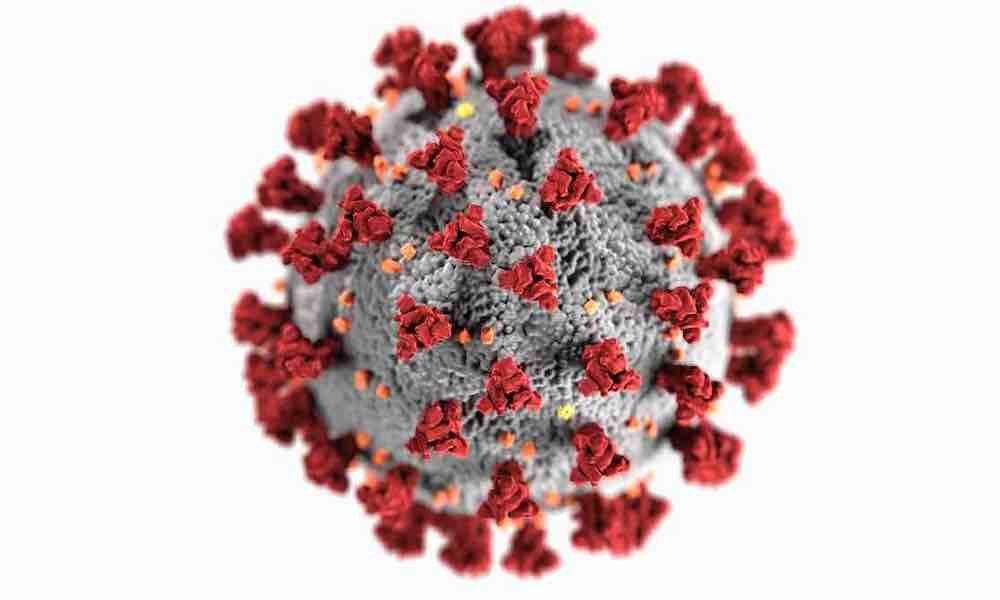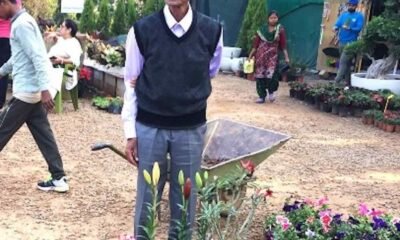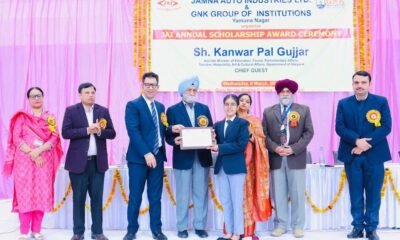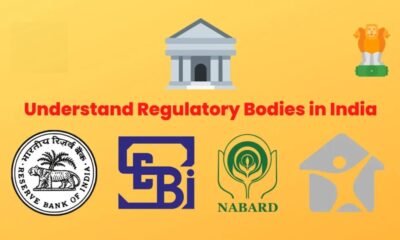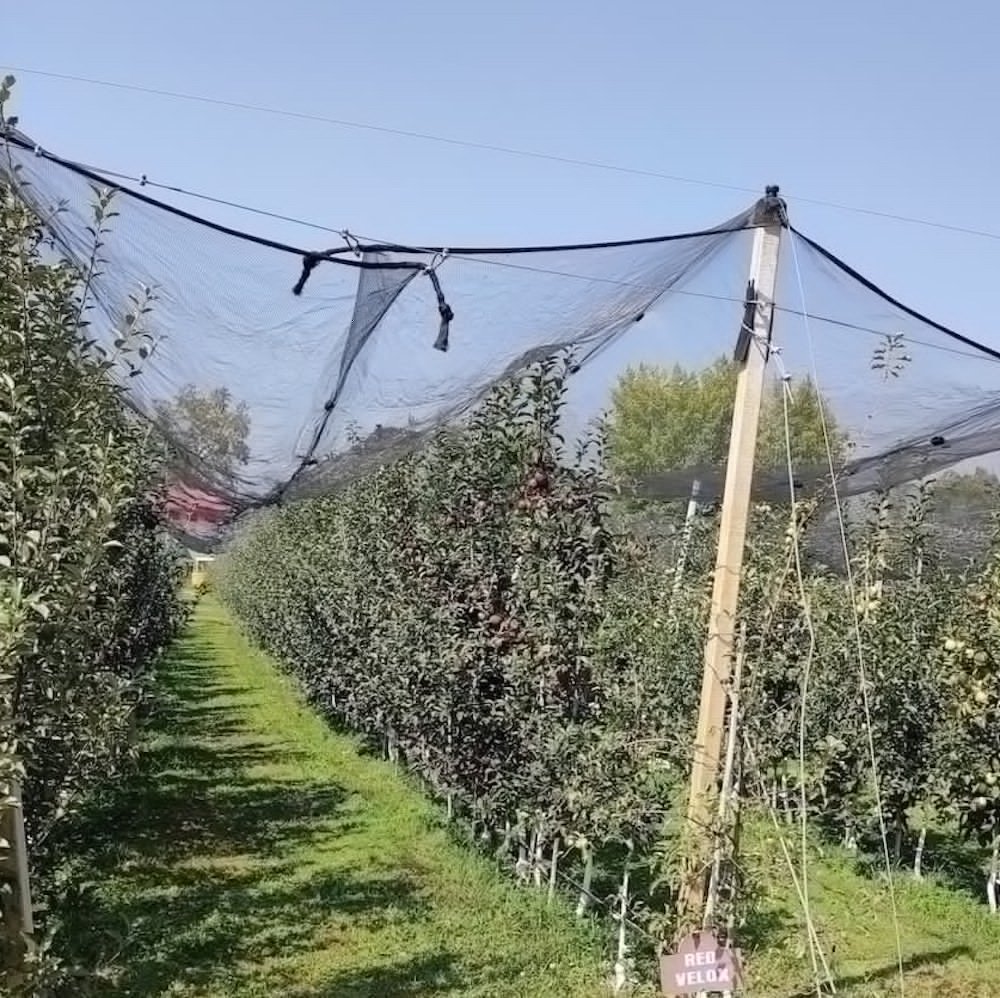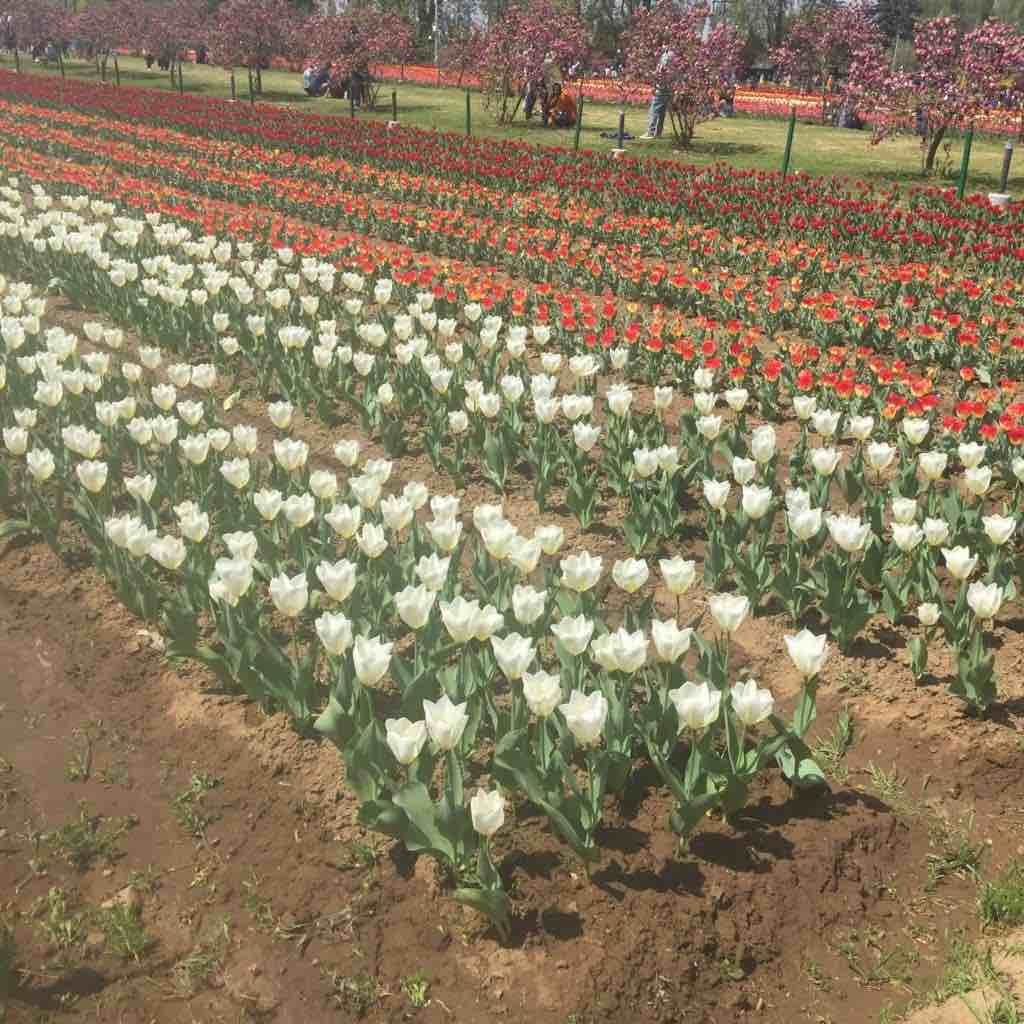J&K Admin needs to ramp up efforts to address second wave of COVID19 crisis
Jammu and Kashmir is battling the second COVID19 wave, with no let-up in the number of cases testing positive for the coronavirus every day. Alongside, the number of fatalities due to the disease is also increasing. The Union Territory registered 67 deaths and 4169 cases on May 20, 2021 amid lockdown which continues to be extended ever since it was first imposed on April 29. The UT continues to register more than 3000 cases a day for the past one month while the 24-hour death toll continues to hover between 50 and 70 deaths. The situation, if all these official figures are anything to go by, continues to be grim and calls for a very serious, concerted, and sustained effort at all levels to cruise through this crisis, which has taken a heavy toll on people, both economically and psychologically.
Lockdown—the more we intend to impose it—has its own fallout, especially on the poorest of poor sections of the society who live from hand to mouth to earn their livelihood. In absence of any inflow of cash into their pockets, a continued lockdown would only compound the miseries of such people who may well be spared by Covid but only to be consumed by hunger and starvation. Therefore, the need of the hour for the administrators is to think beyond the realm of lockdowns and get practical in their fight against COVID19
The Union Territory administration needs to ramp up its efforts if it is to sail through this turmoil at the earliest. It has to think out-of-box rather than conventionally to address this crisis, which only seems to be worsening with each passing day. To begin with, the administration will have to think beyond lockdowns to tackle the second wave. Lockdowns alone cannot be a solution. Lockdowns are, at best, or at worst, only a stop-gap arrangement meant to break the chain, and, alongside, augment the infrastructure at J&K’s health facilities admitting the COVID19 patients. To even think of the continuation of lockdown for months or for years together to halt this virus would be a bad idea. Lockdown—the more we intend to impose it—has its own fallout, especially on the poorest of poor sections of the society who live from hand to mouth to earn their livelihood. In absence of any inflow of cash into their pockets, a continued lockdown would only compound the miseries of such people who may well be spared by Covid but only to be consumed by hunger and starvation. Therefore, the need of the hour for the administrators is to think beyond the realm of lockdowns and get practical in their fight against COVID19.
First and foremost, the administration urgently requires to pull up its socks vis-à-vis vaccination, which has come to a near-halt in Kashmir for the past 15 days or so. This is despite assurances by none other than a Lieutenant Governor’s advisor in a press conference. In Srinagar district alone, no vaccinations took place in the last week, until the end of May 17. This, surprisingly, is in contrast to daily vaccinations taking place regularly in the Jammu region. A local daily reported on Thursday, May 20, 2021 that merely 593 vaccines were administered in Kashmir a day earlier when this figure was 7925 in the Jammu region. The administration will have to seriously plug this gap and put an end to this mismatch, which is raising many eyebrows in the Valley, and get serious to ramp up vaccinations across Kashmir Valley so that the lockdown is, at some point in time, ended as the caseload eases.
Secondly, the administration will have to listen to science, listen to doctors, who are on the frontlines of fighting the COVID19, while devising its policies and frameworks to contain the second wave of the virus, and, subsequently, halt the projected third wave in its tracks well in time. The administration must urgently form an all-doctor task force and assign it with the task of urgently listing all the requirements in hospitals, especially with regard to the availability of beds, oxygen, and ventilators etc. Doctors alone, who are in the field, can better help the administration in finalizing such requirements in light of the current caseload as well as the projected caseload six months from now.
While the administration does all this, people, on their part, will have to actively ensure complete adherence to COVID19 SOPs so that the lockdown is ended for the poorest of the poor to get back to their work and earn a dignified livelihood. If people do not cooperate with the administration in this endeavour, it would only become difficult to break the chain and restore life to its normal once again. This is certainly not an all-administration fight. It has to be a collective effort by one and all to ensure that the second wave ends at the earliest without consuming more precious human lives and overstretching the healthcare facilities across the UT. Joint effort alone is the key to success.

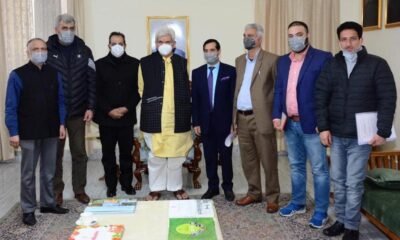

 Industry4 years ago
Industry4 years ago


 Economy2 years ago
Economy2 years ago
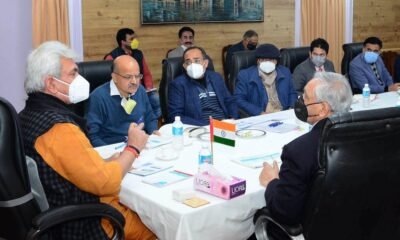

 Energy4 years ago
Energy4 years ago


 Infra4 years ago
Infra4 years ago
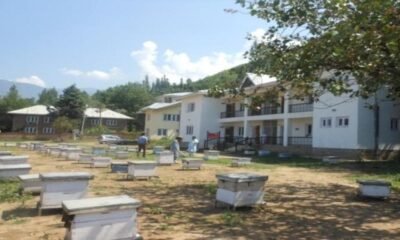

 AgriBiz4 years ago
AgriBiz4 years ago
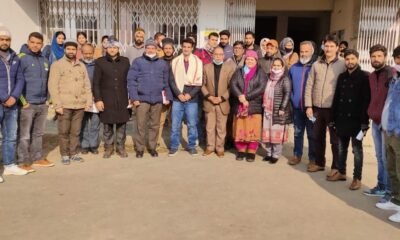

 Careers4 years ago
Careers4 years ago
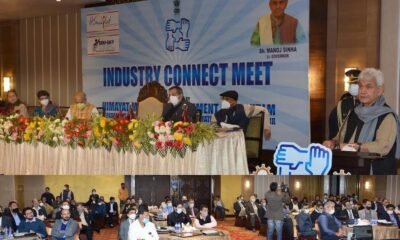

 Jobs4 years ago
Jobs4 years ago
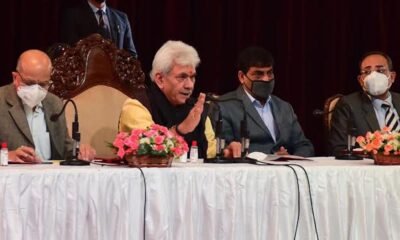

 Economy4 years ago
Economy4 years ago
